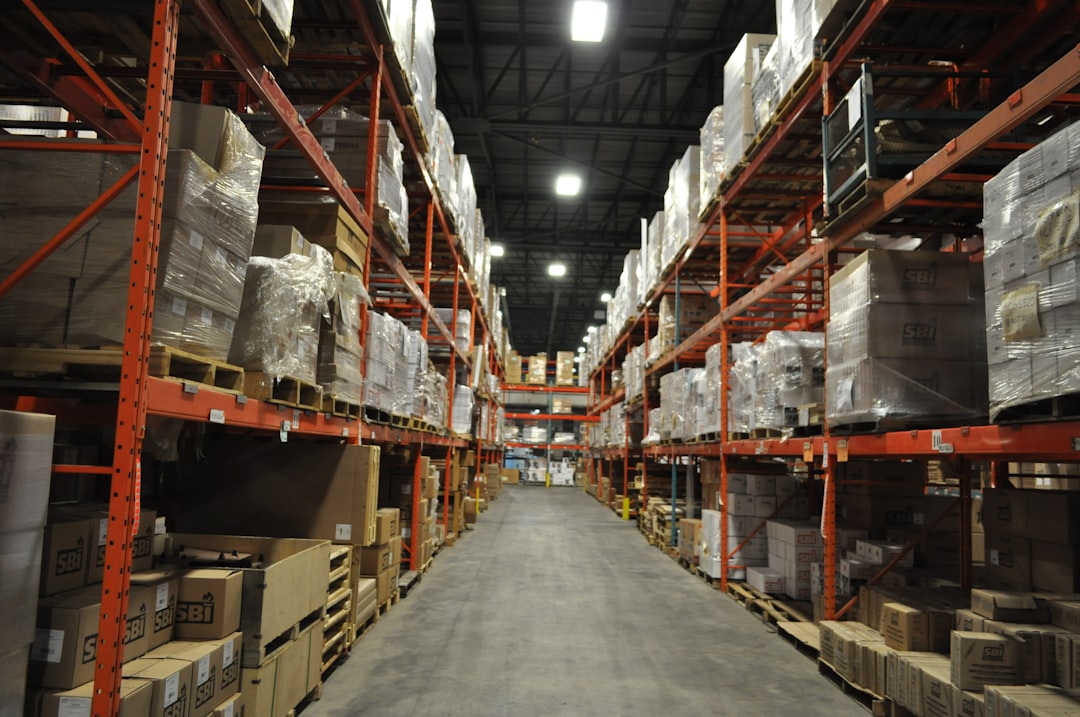In any industrial or manufacturing environment, the efficiency and reliability of air production systems are paramount. These systems often serve as the backbone for powering pneumatic tools, controlling automated processes, and providing clean, pressurized air for various applications. While much attention is given to compressors and control mechanisms, one often overlooked element is the proper management of hose and fitting inventory. Maintaining an organized and well-selected inventory of hoses and fittings can significantly enhance overall system performance, reduce downtime, and improve safety.
The Importance of Hose and Fitting Selection
The components that transfer compressed air from source to point-of-use must be sufficiently durable and correctly sized to meet specific system requirements. Improper hose or fitting selection can lead to pressure drops, air leaks, or even catastrophic system failures. These issues not only reduce efficiency but also result in higher operational costs.
Hoses and fittings must be:
- Compatible with the materials transported and the operating conditions (pressure, temperature, environment).
- Correctly sized to prevent bottlenecks or flow restrictions.
- Properly rated by standardized performance metrics such as PSI and burst pressure.
Investing in high-quality and appropriate hoses and fittings can translate into long-term gains in performance and energy efficiency.
Inventory Organization and Management
Proper inventory of hoses and fittings is more than just having spare parts on hand. It involves a strategic approach to stocking the right types and quantities of components. This contributes to faster repairs, easier system modifications, and enhanced planning capabilities.
Key aspects of effective inventory management include:
- Cataloging all hose types and fittings using a consistent, readable labeling system.
- Identifying critical spares based on system usage and past failure patterns.
- Implementing inventory software to track usage trends and automate restocking.
Teams that keep a well-maintained inventory can reduce downtime by responding quickly to component failures or system upgrades.

Reducing Downtime and Increasing Uptime
Unexpected downtime impacts productivity and costs more than just the time lost. Many air system failures are rooted in issues like worn-out hoses, incorrectly installed couplings, or unsuitable fittings. With a properly managed inventory, issues like these can be addressed within minutes instead of hours or days.
Consider the following benefits:
- Faster troubleshooting: When components are easily available and organized, diagnosing and resolving issues becomes quicker.
- Minimized production interruptions: Downtime is significantly reduced due to immediate access to replacements.
- Improved technician efficiency: Maintenance teams spend less time searching for the right part.
Most importantly, a consistent inventory helps avoid “quick fixes” that result in long-term problems.
Standardization and Compliance
Establishing standardized hose and fitting solutions across operations ensures compatibility and simplifies maintenance procedures. It also assists in adhering to regulatory requirements for workplace safety and equipment integrity, especially in sectors like food processing, pharmaceuticals, and automotive manufacturing.
By maintaining proper documentation and certified parts in inventory, businesses can demonstrate compliance during inspections or audits.

Training and Knowledge Sharing
It’s not just about having the right parts — personnel also need to know how to use them correctly. Proper training in hose and fitting identification, installation, and troubleshooting empowers workers to make intelligent decisions that protect equipment and optimize performance.
Strategies include:
- Regular training sessions for technicians and maintenance personnel.
- Developing quick-reference guides for different hose and fitting types.
- Encouraging cross-functional collaboration to align decisions on inventory management and air systems optimization.
Conclusion
Air production systems are only as strong as their weakest links. Often, these links are overlooked hoses and fittings that quietly play a critical role in performance and efficiency. By setting up a structured and proactive approach to hose and fitting inventory — focused on selection, organization, training, and standardization — organizations can realize measurable gains in uptime, safety, and cost-effectiveness.
Ultimately, a smart inventory strategy is an investment in operational excellence and long-term sustainability.